On the journey to achieving your dream body, liposuction is a popular choice for many people. Alongside promises of dramatic transformations, one of the biggest concerns always revolves around the question: Does liposuction leave scars? Let’s find the answer in this article with Liposuction Experience!
Does liposuction leave scars?
Basically, liposuction can leave scars, but don’t worry too much, these scars are usually very small, hardly noticeable, and can fade over time if you take proper care.
Types of scars you may encounter after liposuction include:
- Small scars at incision sites: This is the most common type of scar. The size and visibility depend on the surgeon’s technique and your individual skin type.
- Hyperpigmented or discolored scars: Initially, scars may appear red or pink, then turn darker brown or slightly pigmented compared to the surrounding skin.
- Hypertrophic or keloid scars: In rare cases, especially in people prone to keloids, scars may develop into raised or hypertrophic scars.
- Hyperpigmentation or hypopigmentation: The skin around the scar may become darker or lighter than your normal skin tone.
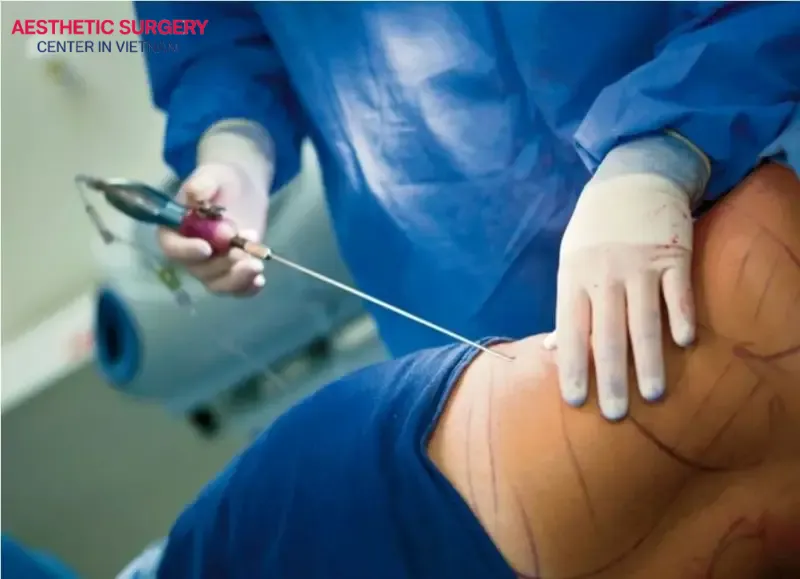
Why does liposuction leave small scars?
Worried about liposuction scars? Don’t be too concerned. In most cases, liposuction scars are very small and discreet, and over time, they can become almost unnoticeable. Here are some reasons why:
- Ultra-small incisions: To insert the liposuction cannula into your body, surgeons only need to make tiny skin incisions, usually around 2–5 millimeters, minimizing damage to the skin and surrounding tissues.
- Advanced procedures: Today’s liposuction procedures have improved greatly. Surgeons use smaller cannulas, which reduce the force applied to the skin and tissues, making fat removal gentler and less invasive.
- Strategic placement: Plastic surgeons always aim to place incisions in hidden or less visible areas on the body, helping to conceal any scars as much as possible.
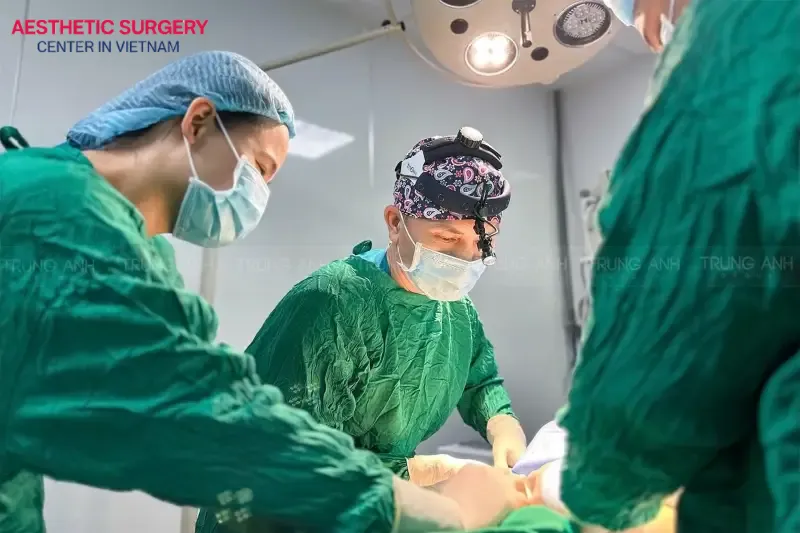
Tips for getting rid of liposuction scars
Worried about liposuction scars and want them to fade as quickly as possible? Don’t worry! Although scars cannot completely disappear, there are many tips and methods to help significantly reduce their appearance.
Here are a few suggestions:
- Proper wound care from the start: Always strictly follow your doctor’s instructions on how to clean the incision, change dressings, and take antibiotics to reduce the risk of infection.
- Protect scars from sunlight: Sunlight is the number one enemy of new scars, so always cover the scar area and apply sunscreen when going outside.
- Use scar treatment products: You can apply scar gels, ointments, or vitamin E to soften the skin, promote collagen production, and improve scar appearance.
- Avoid foods that may worsen scars: Avoid beef, chicken, sticky rice, water spinach, soy sauce, seafood, alcohol, and smoking as these can worsen your wound healing and scar formation.
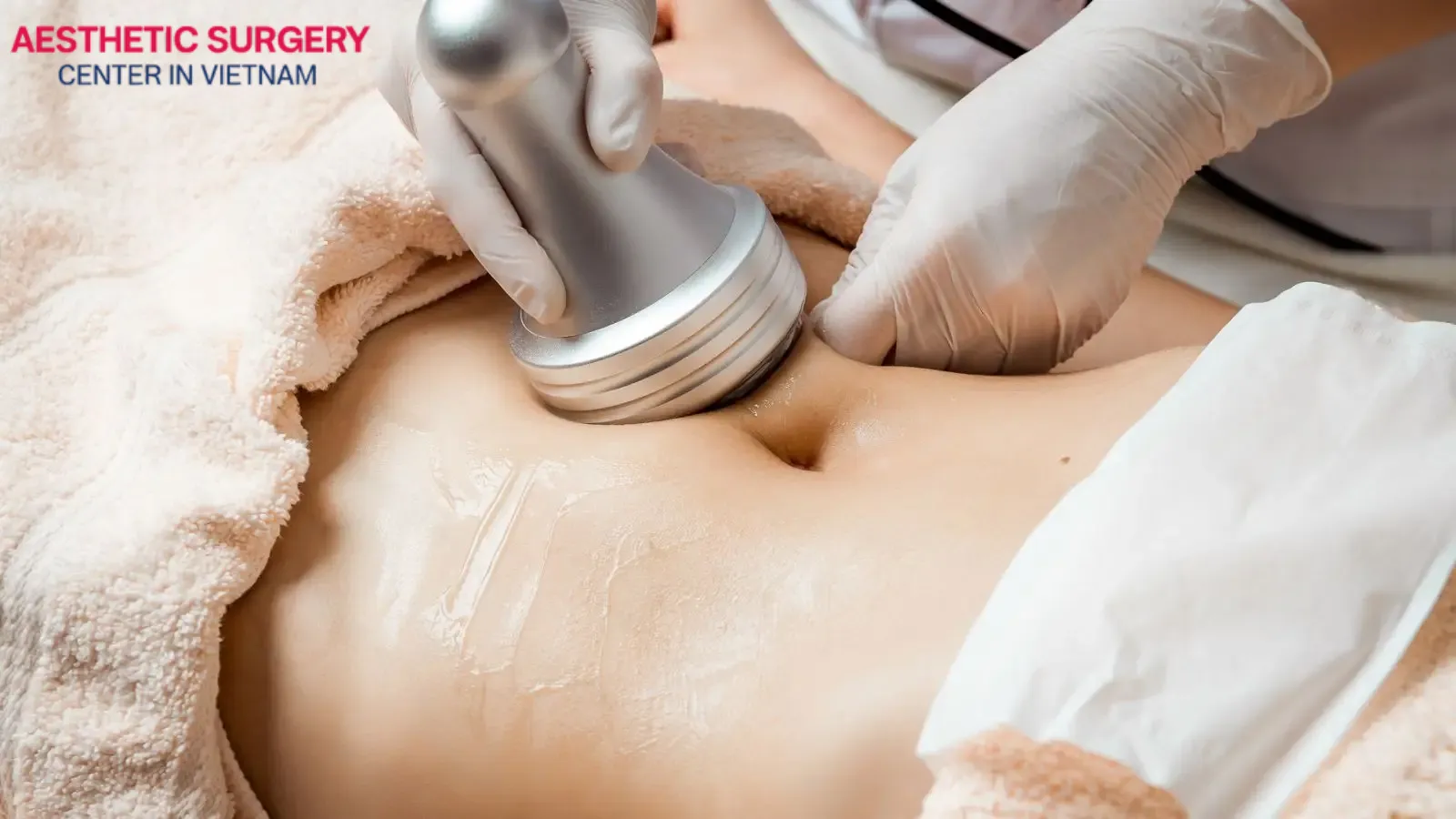
Read more: Botched liposuction: 9 common signs and timely solutions
How long does it take for liposuction incisions to heal?
Generally, it takes about 7 to 14 days for liposuction incisions to heal. However, full internal recovery and scar fading may take several weeks to a few months.
Healing time after liposuction depends on various factors, such as:
- Individual body condition: People with good overall health tend to recover faster.
- Liposuction procedure: Less invasive procedures result in faster wound healing compared to traditional procedures.
- Treatment area: Areas with more fat, such as the abdomen or thighs, may take longer to heal than areas like the arms or chin.
- Post-operative care: Strictly following aftercare instructions, such as wound cleaning, medication, wearing compression garments, diet, and activity restrictions, can shorten scar healing time.
- Volume of fat removed: Larger fat removal involves more extensive procedures, which may prolong recovery time.

Liposuction procedures that minimize the risk of scarring
With advances in aesthetic medicine, there are now many modern liposuction procedures that deliver high effectiveness while minimizing scarring.
The modern methods focus on being less invasive, using smaller cannulas and gentler fat removal, thus reducing skin and tissue damage, shortening recovery time, and minimizing scarring. Here are some of the standout procedures:
Vaser Lipo (Ultrasound-assisted liposuction)
Vaser Lipo uses high-frequency ultrasound waves to liquefy fat cells without affecting surrounding tissues such as blood vessels, nerves, or connective tissues. The liquefied fat is then easily removed through a small cannula.
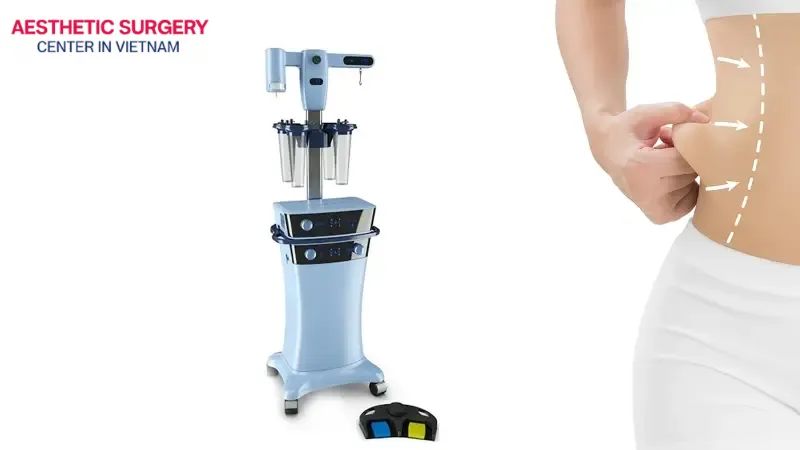
Laser Lipo
Laser Lipo uses laser energy to heat and liquefy fat cells. A laser fiber is inserted under the skin through a small incision. Once the fat is liquefied, it is either suctioned out or naturally eliminated by the body.
Water-jet liposuction
This procedure uses high-pressure water jets to gently separate fat cells from connective tissues, which are then suctioned out.
Water-jet liposuction is considered gentler compared to traditional mechanical liposuction, resulting in less trauma to surrounding tissues, reduced swelling and bruising, and faster scar healing.
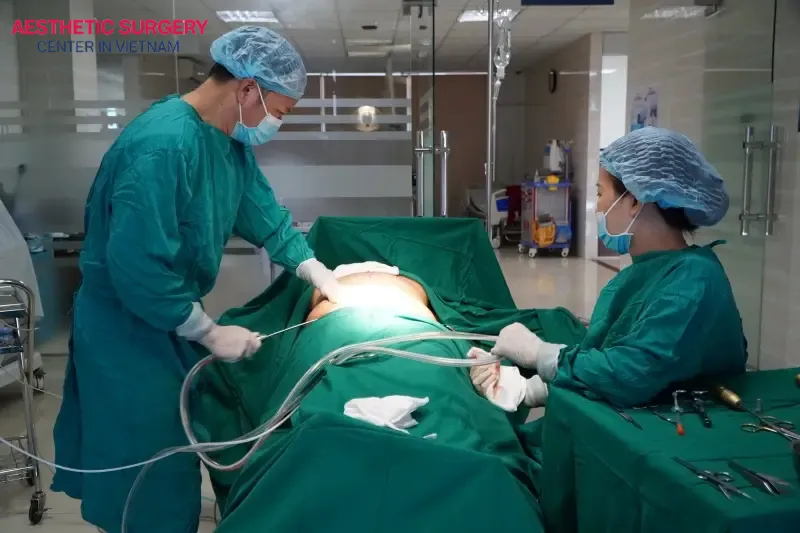
No matter which procedure you choose, the surgeon’s skill and experience remain the most crucial factors in minimizing scarring and achieving optimal results. A good surgeon knows how to make the smallest incisions, place them in hidden areas, and apply the most suitable procedures for your condition to ensure smooth recovery and minimal scarring.
Read more: How much does liposuction cost in Vietnam?
With the above information, the concern of “Does liposuction leave scars?” should no longer be your top worry. What you need to consider carefully is choosing a reputable and high-quality clinic in Vietnam. Contact Aesthetic Surgery Center today for a detailed consultation and start your body transformation journey with confidence!



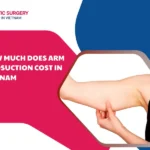
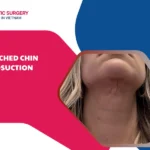
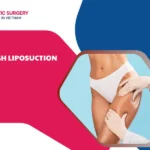
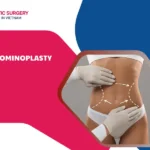

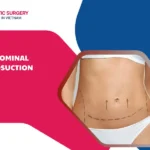
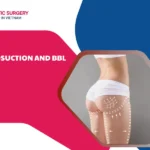
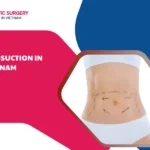
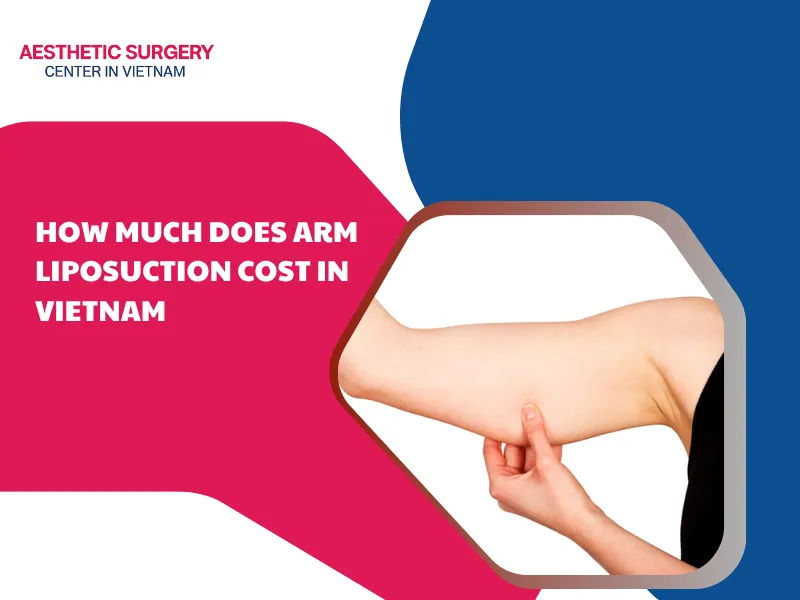
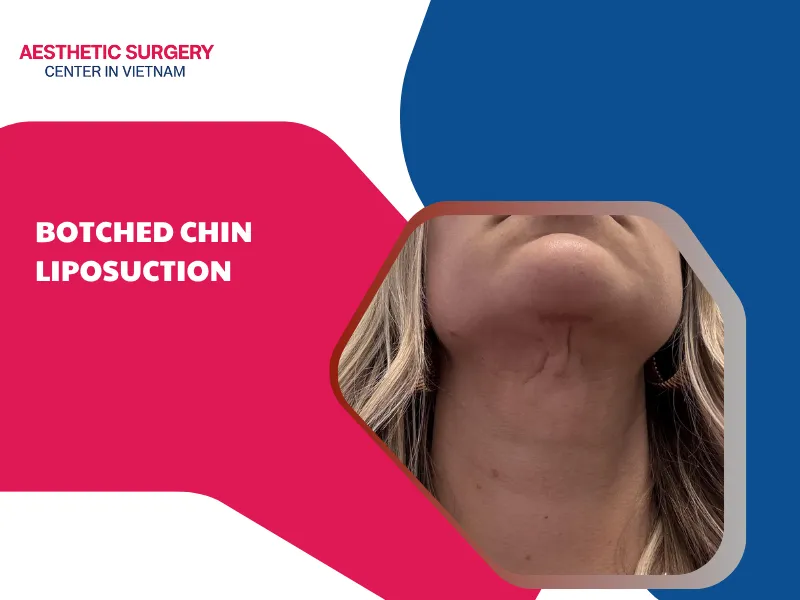
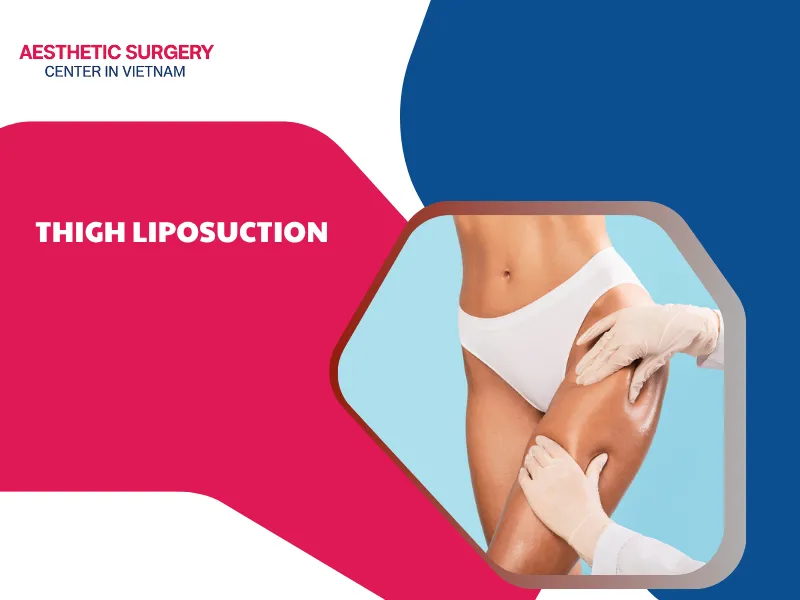
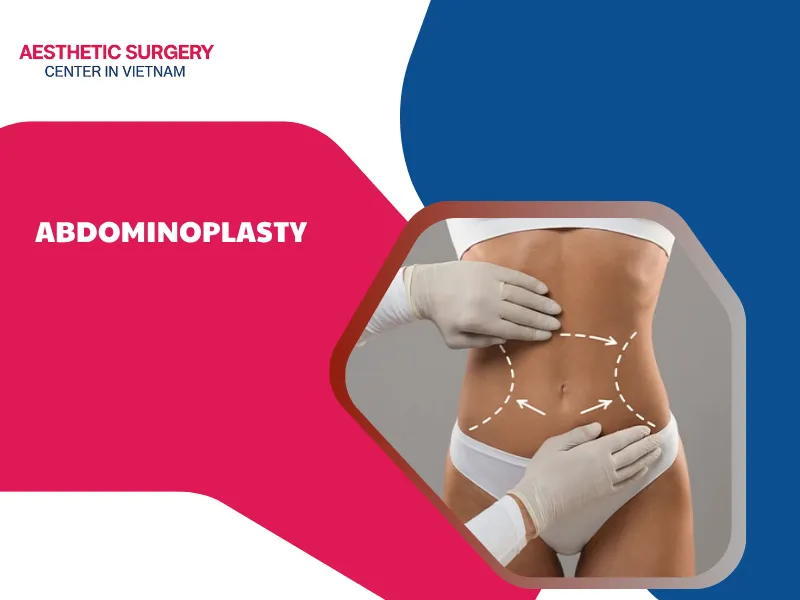
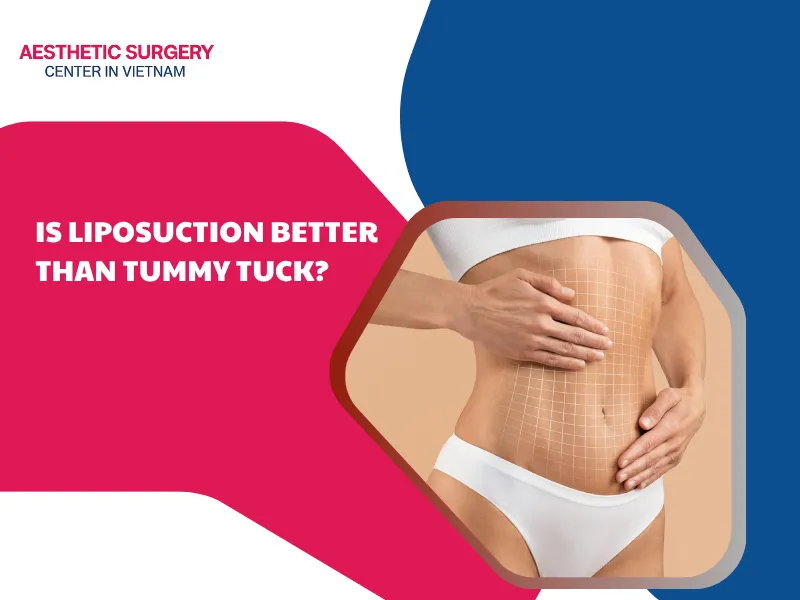




Comment on the post